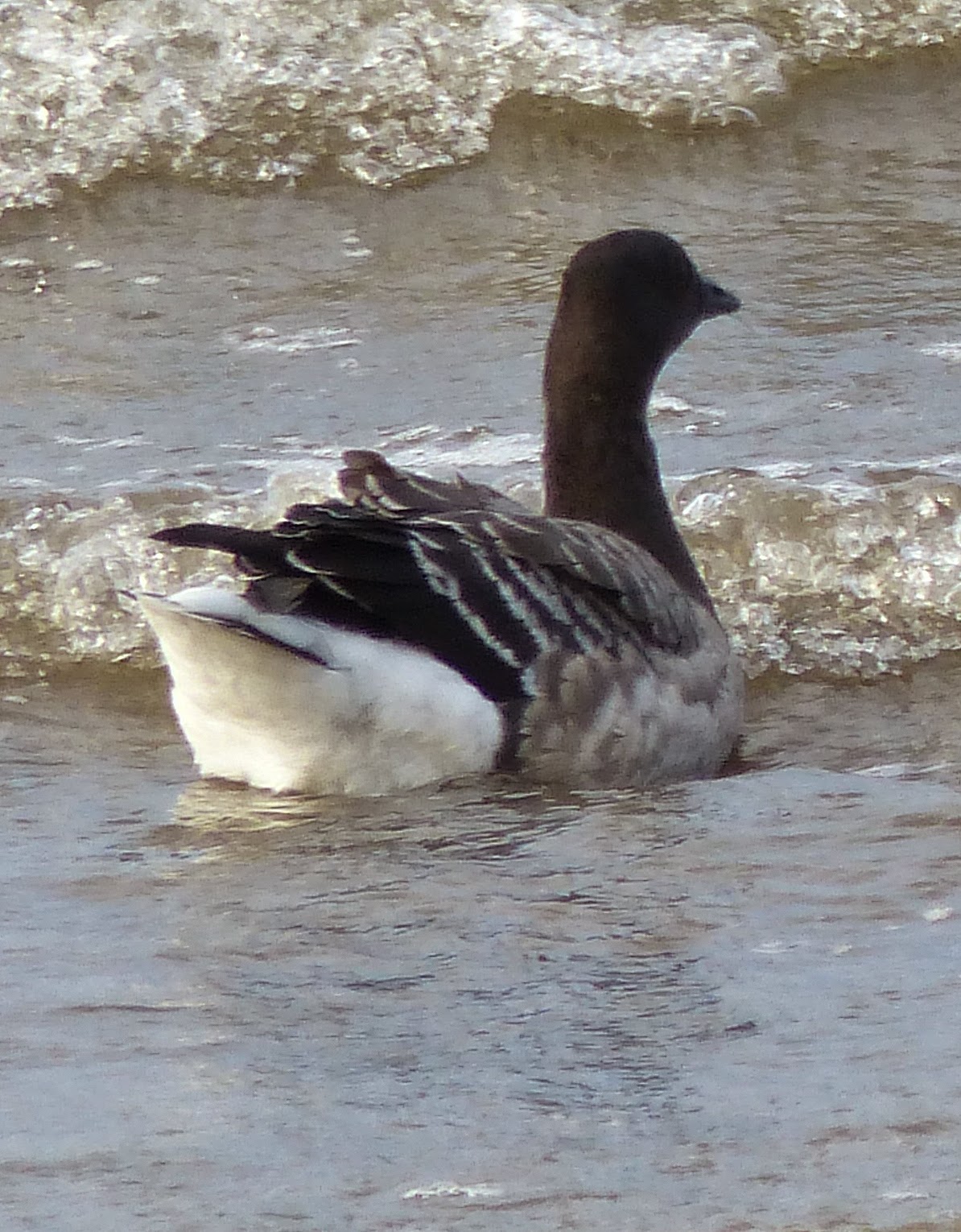This
post is still featuring my bird class outing and all the bird shots are taken at Kiltonga
Lake. Once again, thanks to Danny who is
an new member of the group, some of the shots are his.
Black
headed gull and Shoveler.
When
I discovered there were Gadwell on the faraway bank of the lake, I pointed them
out to Danny first so he could take photographs while I organised that the rest
of the groups saw them through my telescope.
It was difficult for some of the group to distinguish between a female
Gadwell and a female Mallard especially when they were not with their own males however
all managed it in the end. There is a male Shoveler on the right of this shot
Mallard
female and Gadwell female
Mallard
female, Gadwell female and juvenile Herring gull. I hope you have been able to distinguish the differences the different ducks.
This
last shot is of the bird group (taken at the Flood gates – Tuesday’s post) and where
Danny who is the member in the black hat, is setting up his camera to photograph the Brent geese. Many thanks to him for his contribution of photographs in this post enabling me to do some more teaching.
I
hope you enjoyed this post and encourage you will look in tomorrow as I am
showing you a group of Elephants that we had to back off from in a game park in
Malawi.
I am linking this post with WEEKEND REFLECTIONS.
Thank
you for visiting and also for leaving your kind comments.
























































